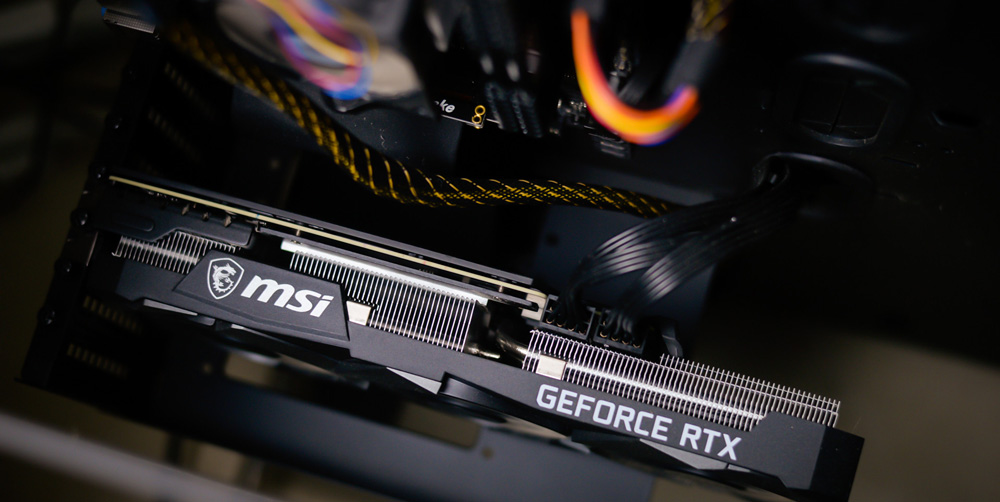The birth of Indian democracy is the stuff of legend. It was a moment of such staggering idealism and exuberance, a leap of faith so audacious, that the famous jurist and scholar Kenneth Wheare termed it “the biggest liberal experiment in democratic government” that the world had seen.
At its centre lay the country’s new constitution. That document, with its fabled chapter of fundamental rights, transformed in one stroke what had been the world’s largest colony into the world’s largest democracy.
Think about the origins of this constitution. It promised freedom to a fifth of humanity. It embodied the enfranchisement of the world’s largest electorate and the conversion of colonial subjects into rights-bearing citizens.
This very exuberance has often been used to direct attention to its functional shortcomings. But today, 75 years on with Narendra Modi at the helm and the country classified in 2024 as an “electoral autocracy” by the V-Vdem (Varieties of Democracy) institute, it has also become a powerful tool to highlight Indian democracy’s contemporary problems.
India’s notoriously fractured opposition was able to assemble a coalition to take on Modi’s Bharatiya Janata Party (BJP) in the 2024 general election. It did so by appealing to the liberal vision underpinning the constitution. But have things really changed so much since the constitution’s adoption in 1950?
Read more: Moments of hope: how Indians keep pushing back against the hollowing out of democracy
Democracy in decline? The risk and rise of authoritarianism
Democracy is under pressure around the world in 2025. But is this part of a larger historical cycle or does it signal a deeper, more fundamental shift? Join us for a free event in central London on May 8 to discuss these important questions. Come for a panel discussion and stay for food, drinks and conversation. Get tickets here
Unlike its American counterpart, India’s constitution is not animated by the impulse to limit political power and secure public freedom. It is dominated by the idea of enabling political power for the aim of social and economic reform.
It aimed to create a state explicitly committed to achieving what India founders believed to be social, economic and political justice. As the country’s first prime minister, Jawaharlal Nehru put it, they were freeing India “through a new constitution to feed the starving people and clothe the naked masses”.
This is partly explained by the circumstances of independent India’s birth. This was marked by violence, the upheaval of partition and a fear of balkanisation if the country became fragmented by religious, ethnic and linguistic minorities.
Added to this were the pressures of establishing political sovereignty. And this upheaval crashed against an uneducated and destitute population with no experience of democracy and deep-seated social divisions.
But the larger truth is that, for independent India’s leaders, civil liberties were always eclipsed by what they saw as the more important concerns of destitution and social discrimination. They felt the urgency to secure the new state through which these concerns were to be addressed.
This required substantial restrictions of civic freedoms and the licensing of coercive state power. From the outset, the constitution enshrined centralisation and executive supremacy.
It retained the “bureaucratic authoritarianism” of its British colonial predecessor, by placing authority in the hands of appointed bureaucrats rather than elected officials.
It also gave the centre power over the states, enabling it to create and dismember provinces at will, and it gave the executive power over the legislature. The government can dictate when parliament is summoned or prorogued and can rule by executive decree in its absence.
It also gave the state power over the citizen. Almost every fundamental right guaranteed in part III of the constitution is qualified on nebulous grounds such as public order, the security of the state or social harmony.
Soaring rhetoric about freedom masked the reality that the constitution concentrated power to an unprecedented degree and enabled a vast armoury of coercive laws. As Somnath Lahiri, member of the constituent assembly for Bengal and the leader of the Communist Party of India remarked sarcastically in a debate in April 1947, the provisions for fundamental rights seemed to have “been framed from the point of view of a police constable”.
The Preventive Detention Act, the first piece of legislation passed in the new democratic republic in February 1950, allowed the government to preemptively jail anyone without a trial and without recourse to judicial review.
It’s ample testament to the fact that the constitution was never intended as a bulwark in the service of liberal individualism – whatever the framers might have said at the time.
Diluting liberalism
Since the constitution’s adoption there have been more than 106 amendments and additions. These have further diluted the constitution’s liberal intentions and eroded even the limited system of checks and balances.
The tenth schedule – or “anti-defection law” – added in 1985 is one egregious example. It forces individual legislators to vote according to party diktats on pain of disqualification.
This has cemented the grip of party bosses on legislative parties, disempowered individual legislators and degraded parliamentary oversight. Since the threat of backbench rebellions has become negligible, majoritarianism has become entrenched.
Concentration of power and its use by the executive are, by design, baked into India’s constitutional order and institutional structure, which has always been inhospitable terrain for any rights and freedoms beyond voting and elections. Anti-democratic tendencies operate through constitutional means, hindering the establishment of the principles of legality and legislative primacy.
Given this situation, it is hardly surprising that almost all governments in India have used the powers they have been granted for these very purposes.
Nehru’s rule saw a first amendment which drastically curtailed freedom of speech. It also introduced a special schedule in the constitution to protect unconstitutional legislation from judicial review, and draconian legislation such as the laws to enable preventive detention.
Nehru’s daughter Indira Gandhi suspended the constitution for 21 months from 1975 to 1977 in a state of emergency, when her leadership came under threat. Her government forcibly sterilised thousands as part of a botched population control programme. Yet everything was duly legal and constitutional.
Modi’s growing authoritarianism, his attacks on opposition media and those who oppose him in the judiciary, then, are less a departure from the norm than a confirmation of it. The real story lies elsewhere.
It is not the constitution or the legislature that is the most important issue here. It has actually been the disinclination of India’s voters to deliver parliamentary majorities too often that has constituted the major check on executive power.
For 25 years between 1989 and 2014, voters delivered split mandates and coalition governments, which diluted and dispersed political power. Unsurprisingly, this caused the country’s democracy indices to rise. These actually peaked in the 2000s when the ruling coalitions comprised upwards of a dozen parties. But the underlying problems remained the same.
When the voters, contrary to all expectations, elected yet another coalition to office in 2024, they understood what the country’s liberal intelligentsia has consistently failed to grasp. It is not the celebrated constitution, but the Indian voters themselves that have, over the years, doggedly held authoritarianism at bay. Only time will tell how long they will continue to do this.
Tripurdaman Singh receives funding from the British Academy and from Fonds National Suisse. He is currently affiliated to the Geneva Graduate Institute, where I am an Ambizione Fellow at the Albert Hirschman Centre on Democracy.

 2 months ago
551
2 months ago
551 
















 English (United States) ·
English (United States) ·